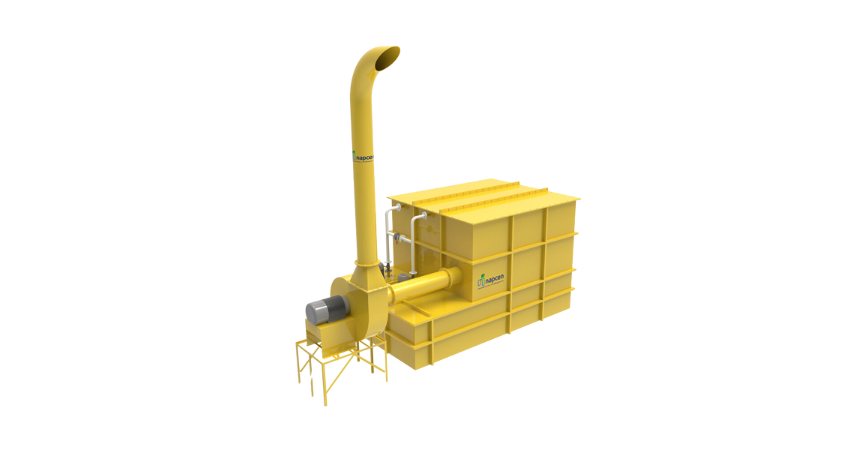Here's how a chlorine scrubber typically works
-
Gas Inlet
The chlorine gas-laden air is directed into the scrubber from the emission source, such as a chemical plant or water treatment facility.
- Scrubbing Media
- Contact between Gas and Scrubbing Solution
- Neutralization
- Outlet


